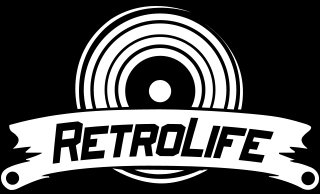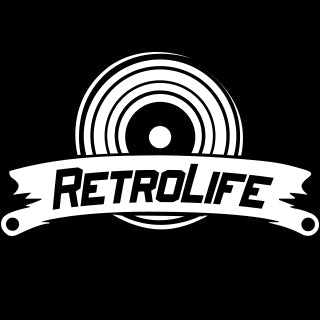Collecting vinyl records can be a rewarding hobby, but it also comes with the risk of encountering counterfeit records. Fake vinyl records can be difficult to spot, especially for new collectors. In this guide, we'll walk you through the essential steps to identify counterfeit records and protect your collection from fakes.
Understanding the Basics
Before diving into the specifics of spotting fake records, it's important to understand why counterfeits exist. The resurgence of vinyl in recent years has increased demand for rare and valuable records, making counterfeiting a profitable endeavor for unscrupulous sellers. Counterfeit records can vary from poorly made replicas to nearly indistinguishable copies of the originals. Here’s how you can tell the difference.
1. Inspect the Cover and Packaging
- Quality of the Artwork
Genuine records usually have high-quality album artwork. Check for any signs of pixelation, blurriness, or color inaccuracies. Original covers are typically printed using advanced techniques that ensure clarity and precision.
- Material and Construction
Authentic vinyl sleeves are often made from high-quality materials. Feel the weight and texture of the cover. Counterfeit covers may feel flimsy or have a different texture compared to authentic ones.
- Spine Text and Details
Look at the spine of the record. The text should be clear and well-aligned. Misaligned, blurry, or incorrect text can be a sign of a fake.
2. Examine the Vinyl Itself
- Weight and Thickness
Original pressings are usually heavier and thicker than counterfeit records. While this isn’t a foolproof method (as some reissues are also lightweight), it can be a helpful indicator.
- Label Details
Check the label on the vinyl. Original labels will have clear, sharp text and images. Look for any discrepancies in font, color, or design. Pay attention to the center label; it should be perfectly centered and not easily peelable.
- Matrix Numbers
Matrix numbers are engraved in the run-out groove (the area near the label). These numbers and letters are unique identifiers for each pressing. Cross-check the matrix numbers with online databases or original release information. Counterfeit records often have incorrect or missing matrix numbers.
3. Sound Quality
- Audio Clarity
Play the record and listen closely. Authentic records typically have clear and well-defined sound. Counterfeit records may have distorted, muffled, or low-quality audio.
- Background Noise
While all vinyl records have some degree of background noise, excessive pops, clicks, or static can indicate a poor-quality pressing, often characteristic of fakes.
4. Research and Comparison
- Know the Original
Research the original pressing of the record you are interested in. Familiarize yourself with details like the cover art, track listing, label design, and release year. Websites like Discogs and official artist pages can provide valuable information.
- Compare with Known Originals
If possible, compare the suspect record with a known authentic copy. Pay attention to differences in cover art, label design, and other details.
5. Purchase from Reputable Sources
- Trusted Sellers
Buy records from reputable stores, online marketplaces, or sellers known for their authenticity. Check seller ratings and reviews before making a purchase.
- Official Releases
Whenever possible, purchase directly from the artist’s official store or a verified distributor. This reduces the risk of buying a counterfeit.
6. Red Flags to Watch For
- Too Good to Be True
If a rare record is priced significantly lower than its market value, it’s likely too good to be true. Be cautious of deals that seem unrealistically good.
- Unusual Locations
Records sold in unusual locations or by sellers with no verifiable history in the vinyl community may be suspect.
- Poor Communication
Sellers who are reluctant to provide additional photos or details about the record should be approached with caution.
Conclusion
Spotting fake vinyl records requires a combination of knowledge, careful inspection, and due diligence. By paying attention to the details of the cover and packaging, examining the vinyl itself, listening to the audio quality, researching and comparing known originals, purchasing from reputable sources, and watching out for red flags, you can significantly reduce the risk of adding counterfeit records to your collection.
Remember, the thrill of collecting vinyl is not just in owning the records but in ensuring their authenticity and preserving the integrity of your collection. Stay informed, be vigilant, and enjoy the rich, warm sounds of your genuine vinyl records.


